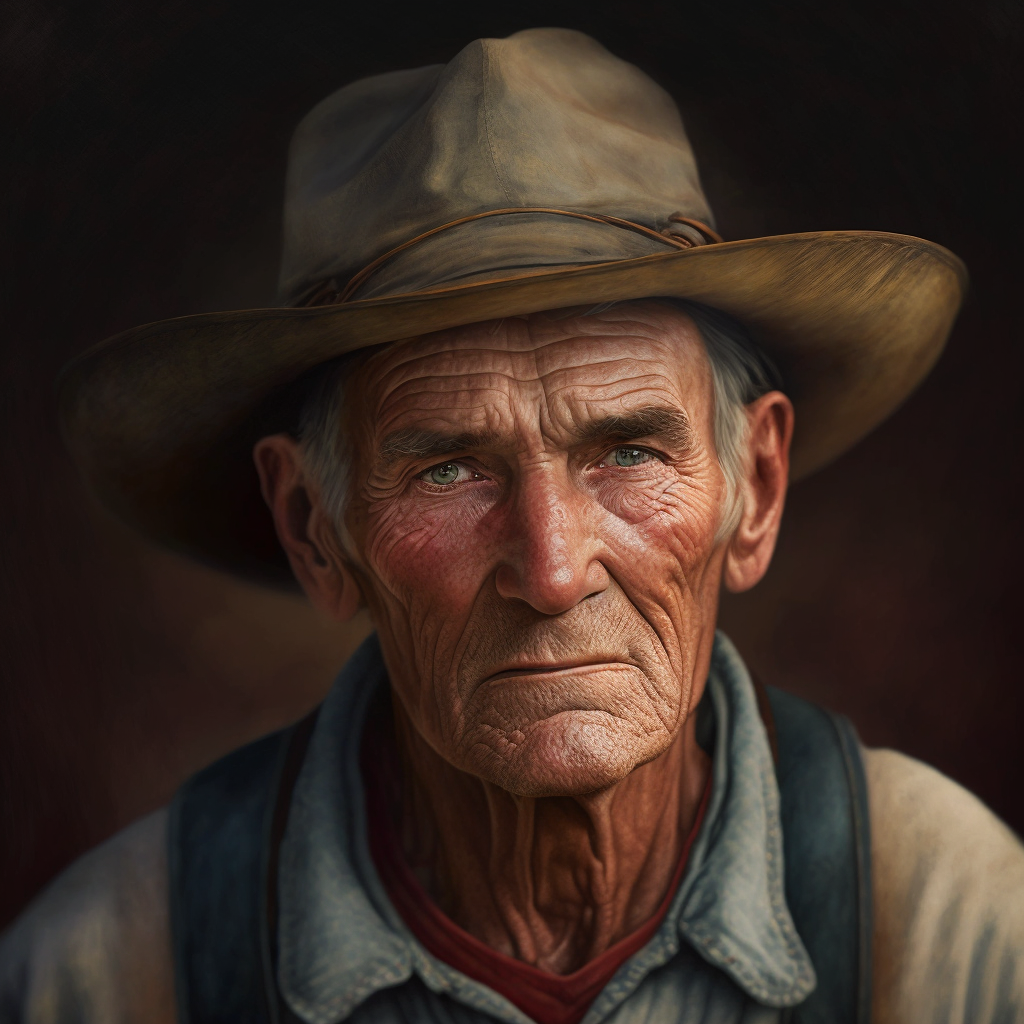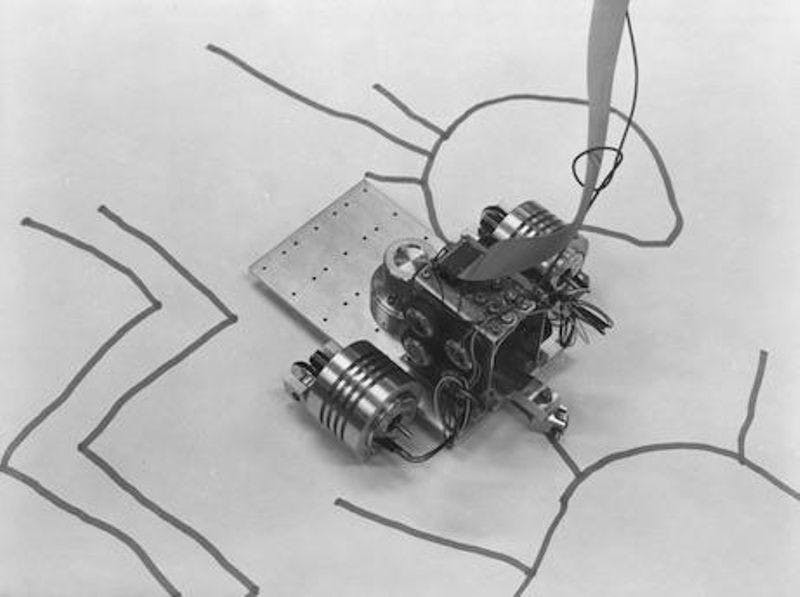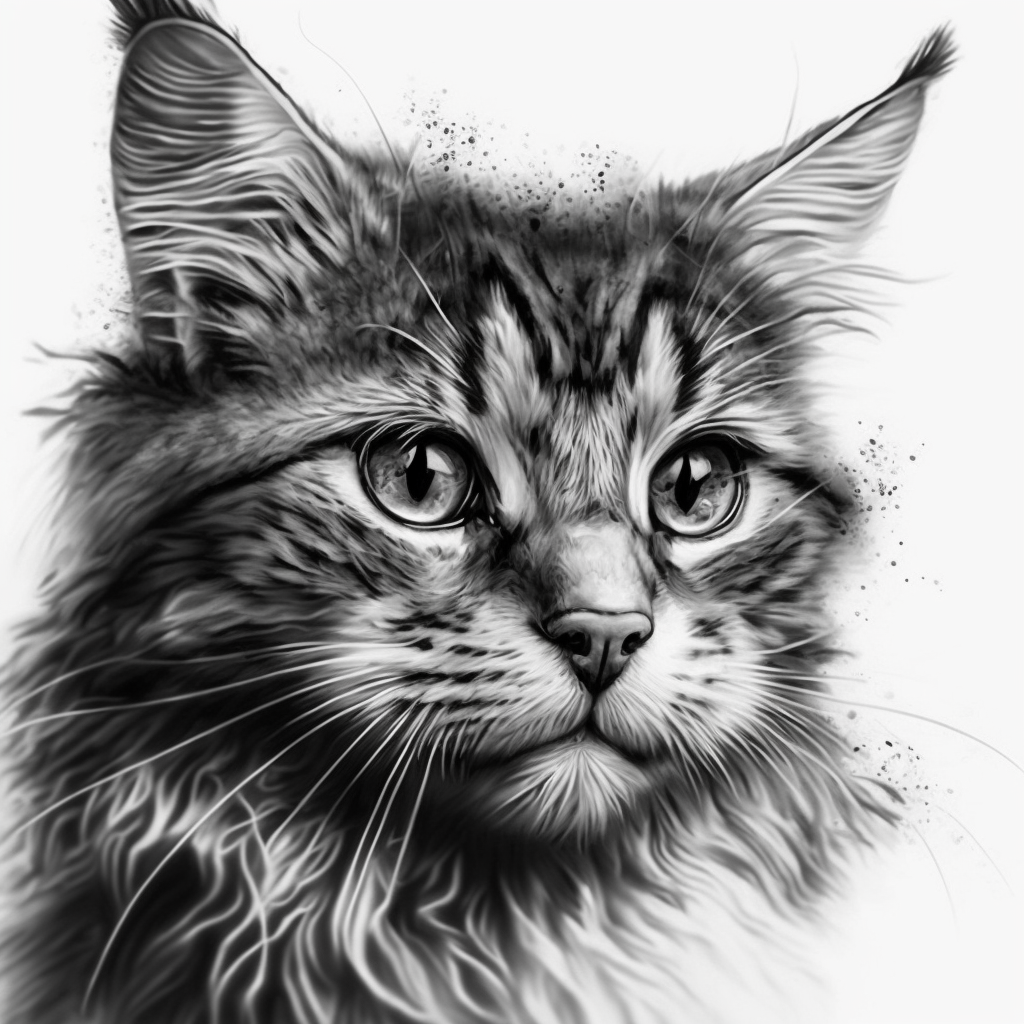What is AI generated Art?
If you’ve been following art or tech news this past year then your feeds have likely been dominated by the advent of AI Generated Art.
I’m not talking about those psychedelic Google DeepDream images depicting familiar paintings covered in eyeballs:

(as those have been around forever) but by art so well made that it can be shocking and almost unsettling to hear that a computer dreamed it up:

If you’re unsure yet on how to react then rest assured you’re not alone! The world at large is also struggling to decide what this means for creators, collectors, professionals, and society.
Some communities have immediately thrown themselves behind the machines and companies like Stability AI, the startup behind Stable Diffusion, have raised hundreds of millions of dollars in venture capital. Other groups, like Getty Images, have pumped the brakes and outright banned AI generated art for reasons ranging from ethical to copyright concerns, thrusting the topic into one of many being used as a proxy in today’s ongoing culture wars.
Which side will win is still undecided but technology has always emerged the victor throughout history and often with deadly consequence.
How is AI Generated Art Possible?
Before we continue, let’s take a moment to look at the tech that powers AI generated art. Machines have been learning for close to a century and making art since the early 70’s but it wasn’t until the 2014 development of a new type of framework called a GAN (or generative adversarial network) that made this recent Cambrian explosion possible.

To start, imagine that you’re teaching machine (A) to tell whether a picture depicts a cat or not and provide the following training data:

You draw each by hand at first but quickly grow tired so you decide to bring in another machine (B) to generate more cat pictures (this will be A’s “adversary”). At first B generates mostly scribbles, but you label each as “not a cat” and continue to train machine A with them:

while simultaneously training machine B on how close it gets. Over time the scribbles improve as machine B furiously tries to “outsmart” machine A…

until at some point machine B finally succeeds in drawing a picture that A classifies as a cat:

By pitting two machines adversarially against each other, you’ve trained A to be a master cat spotter and B to be a master cat drawer. Combine this concept with millions of distributed compute hours and you’ll eventually find yourself at where we are today:

How Do You Make AI Generated Art?
While it may appear that AI Generated Art takes a lot of time and effort to develop, one of the most contentious points is actually how easy it is to make for everyday users. And I emphasize "user".
For both Midjourney and DALL·E, the two leading AI art platforms, the interface is as smooth and approachable as conversing with a bot:

and within minutes or even seconds, you’re prompted with some initial drafts:

From there you can choose to explore infinite new variations in a specific direction or "enhance" on one that you finally like.
Community Concerns
While some artists have pivoted to incorporate these tools into their palette, most creator communities have held back on the basis of three major concerns:
-
The Legality of AI Generated Art
The first concern (and likely the most pressing) is legality. The GAN models trained in the process described earlier requires millions if not billions of images to learn from and those were sourced from crawling and scraping the web. Auditing those images for copyrighted material is nearly impossible and thus poses the question, “Can you sell artwork trained on images from another artist?”. It seems obvious when it comes to AI but what about humans learning to draw by looking at the works of others? How do you feel about fan art or drawing on location?
-
Will it take away jobs from artists?
The second concern from artists is won’t these tools inevitably take jobs away from humans? Will a game or movie studio go to Midjourney for concept art rather than hire a professional? Will a musician use Dall-E for album cover art rather than collaborate with a human? This concern seems well founded.
-
Ethics and the "dehumanization" of art?
The last concern (and perhaps the most philosophical) is around the ethics of this technology. "Is it ethical to appreciate art that was trained on other artists' works without proper accreditation?" is a simple question. How about, "Is it ethical to appreciate art that was trained on violent or in some cases illegal imagery?" Stable Diffusion’s model is partly trained on the open source LAION dataset, which in some cases has been known to include violent and non-consensual porn images. While this question may seem easy to you, millions of people around the world appreciate music, comedy, and movies that were created by those known to have led abusive lives, proving that the answer is muddier than at first glance.
Where Do We Go From Here?
In theory, more technology could address these artist’s concerns. For instance, the website HaveIBeenTrained will search public training datasets for an uploaded image. While this is not a complete solution by any means, in theory these companies could apply equal effort toward detecting copy-written and illegal material automatically.
Midjourney, for example, does have a blocked list of words and phrases which prevents users from generating certain imagery which is a first step in this direction.

Alternatively, further regulation could be applied in the form of a “robot” or “automation" tax to offset revenue lost from the jobs that were automated away.
Ultimately however, technology will reflect the needs and culture of its society and it’s up to its citizens to shape the direction and form that it takes.
If you care about creators, technology, and the future then I encourage you to explore these platforms, listen to the concerns, and join the conversation where you can 👍